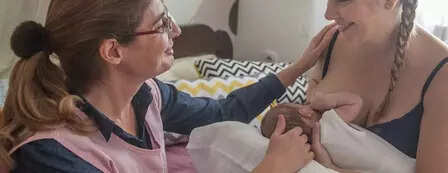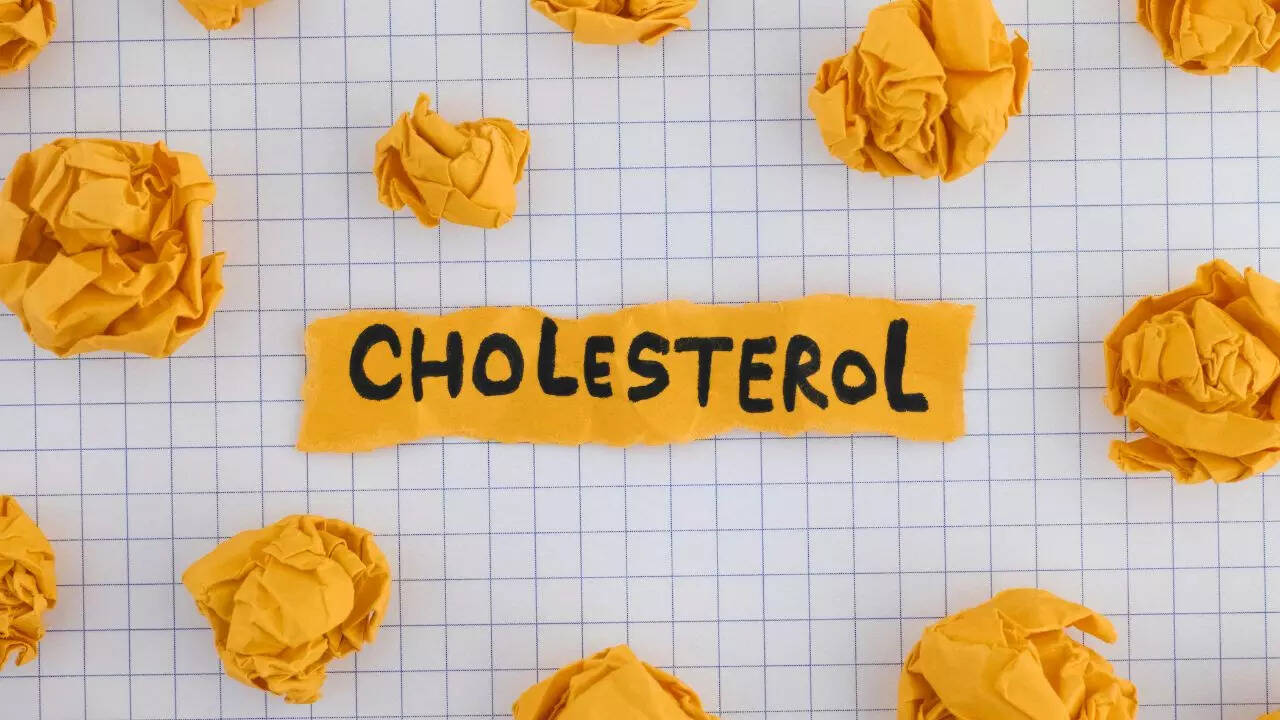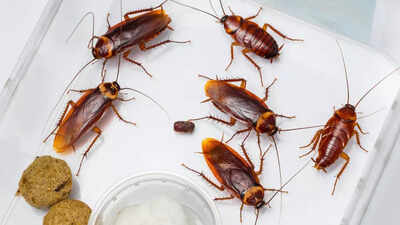The early days of motherhood feel like walking through fog, filled with advice, judgment, and emotions. For many new mothers, breastfeeding becomes one of the most emotionally charged experiences, shaped not just by biology but by cultural beliefs, generational wisdom, and medical opinions. And while every family’s journey is unique, misinformation can cloud good intentions and chip away at confidence.As Dr Himani Sharma, Senior Consultant Obstetrician and Gynaecologist at Cocoon Hospital, Jaipur, says, “A social landscape filled with inaccurate information about breastfeeding can be daunting.” This piece brings together science-backed insights from leading obstetricians to gently but firmly untangle some of the most misleading breastfeeding myths that still circulate in homes, hospitals, and digital parenting forums.
Myth 1: “Formula and breast milk are the same”
While formula is a valuable and sometimes necessary alternative, it cannot mirror the living, evolving composition of breast milk. According to Dr Himani Sharma, breast milk is irreplaceable because “it contains antibodies and nutrients that your baby needs.” It is not just food, it is the first immune system booster, helping protect against infections and allergies. Formula can support feeding journeys, but equating it with breast milk dismisses the unique bioactive compounds that nature intended for newborns.
Myth 2: “Baby’s cry means milk supply is low”
Crying is a baby’s way of communicating a variety of needs, not just hunger. Dr Sharma notes that “babies can cry for many reasons, including colic, sleep, or simply being sore.” Linking every cry to milk insufficiency often leads to unnecessary supplementation and self-doubt. Proper growth tracking, diaper output, and alertness offer far more reliable indicators than a baby’s occasional tears. In many cases, mothers are producing just the right amount, what’s needed is reassurance and the right kind of support.
Myth 3: “Colostrum is dirty or unclean”
Colostrum is not only clean, it’s one of the most important gifts a newborn receives. “Colostrum is liquid gold,” says Dr Palak Dewaan, Consultant Gynaecologist from Delhi NCR. Rich in antibodies, proteins, and essential nutrients, it builds the infant’s gut lining and acts as a shield against early infections. Sadly, in parts of India, this vital first milk is still replaced with honey or sugar, practices that can be dangerous. Embracing colostrum is embracing centuries of evolutionary wisdom and protective health benefits.

Myth 4: “Breast size affects milk production”
Breastfeeding has nothing to do with size and everything to do with internal function. “Milk production depends on glandular tissue and hormones, not breast size,” explains Dr Dewaan. It works on a simple principle, demand and supply. Frequent feeding stimulates more milk, regardless of the physical appearance of the breasts. Many women with lean or athletic builds breastfeed successfully; it’s a matter of support and education, not size or shape.
Myth 5: “C-section mothers can’t start breastfeeding early”
While cesarean recovery can involve more caution, breastfeeding doesn’t have to be delayed. “If planned safely, C-sections don’t stop breastfeeding,” says Dr Dewaan. Early skin-to-skin contact, even in the operating room or recovery, helps trigger the baby’s latching reflex. In cases where the baby needs temporary formula, it should be seen as a bridge, not a barrier. With gentle positioning and professional help, breastfeeding can be successfully initiated even post-surgery.
Myth 6: “Cracked nipples are caused by teething”
Dr Aruna Kalra, Director of Obstetrics at CK Birla Hospital, explains that “cracked nipples are often blamed on teething, but poor latch is usually the cause, and it can be corrected.” Simple adjustments in position or latch technique can drastically improve comfort. Ignoring pain or chalking it up to myths only delays healing. Seeking help early from lactation consultants can prevent long-term issues and bring back confidence.

New Delhi, Aug 6 (IANS) The World Health Organization has urged countries to invest in health systems and support breastfeeding mothers to strengthen children’s health, development, and survival in the early stages of life.
Myth 7: “Breastfeeding leads to sagging”
Breast changes are mostly due to hormonal shifts during pregnancy, genetics, and weight gain, not the act of breastfeeding itself. According to Dr Dewaan, “good diet, skincare, and collagen support can help.” Misinformation here often deters mothers from continuing breastfeeding due to cosmetic fears, which can be alleviated with awareness and body-positive counseling.
Myth 8: “Certain foods cause colic in babies”
Colic is usually due to aerophagia (swallowing air), not diet. Dr Aruna Kalra clarifies that “a healthy, protein- and vitamin-rich diet is important for recovery and milk quality.” Avoiding nutrition-rich foods out of fear can harm maternal health. A balanced diet benefits both mother and baby more than overthinking minor digestive episodes.
Myth 9: “Breastfeeding must be perfect”
Dr Tejashri Shrotri, Senior Consultant and IVF Specialist, highlights that “breastfeeding isn’t always instinctive, and that’s completely normal.” Every journey looks different. Some mothers breastfeed exclusively, others mix-feed, some pump, and some rely on formula. “Even partial breastfeeding has benefits,” she says. The idea isn’t perfection, it’s progress, comfort, and love. “We’re here to support, not judge,” she adds.[Disclaimer: This article is based on quotes and insights shared by medical experts. It is meant for informational purposes only and does not replace professional medical advice. Always consult certified lactation consultants or healthcare providers for individual concerns related to breastfeeding.]






